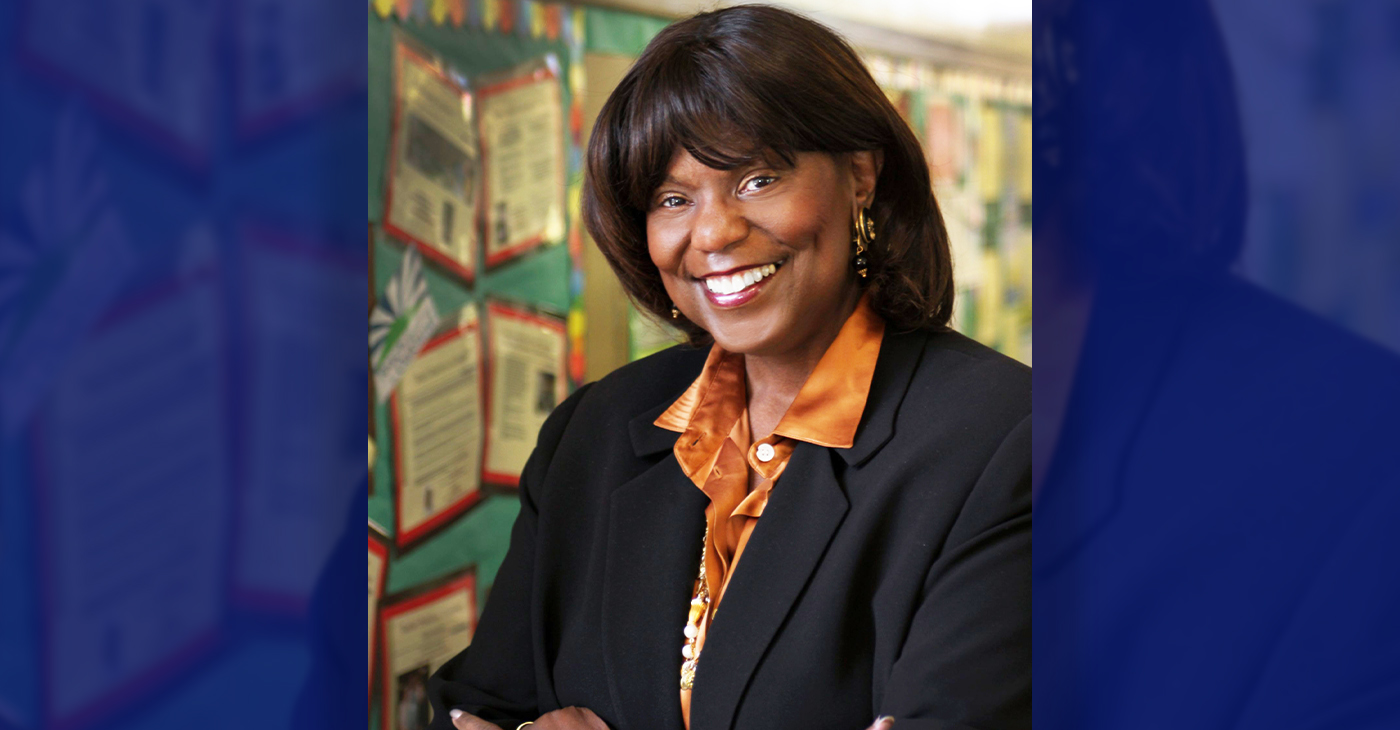By Shirley Hawkins
LOS ANGELES — Students from Riverside, San Diego and Orange County made their way to the Los Angeles Convention Center Feb. 2 for the 20th annual Black College Expo.
More than 15,000 high school students met with representatives from more than 200 colleges and universities including Ivy League schools and historically black colleges and universities (HBCUs) from across the country.
“The Expo started as a dream and a passion of mine,” said Theresa Price, founder of the expo who said that years ago, she was not aware that HCBUs even existed.
“Once I discovered historically black colleges and universities, I wanted to spread the history and legacy of these great schools,” she said. “It is great to see the students so happy and excited to attend the expo and I wanted students from all over the world to know about it.”
Some schools were able to check high school transcripts of students at the expo and hand out acceptance letters on the spot.
During a seminar titled “How to Get Money for College,” Gloria Ponce Rodriguez of the National College Resources Foundation said that there are billions of dollars available for high school students who want to attend colleges and universities, particularly if they come from impoverished backgrounds.
“There are all kinds of resources and money out there, especially for the African-American male,” she said while distributing a brochure filled with information about how to receive money for college.
“There’s state, federal, institutional and private scholarships available,” she added.
“If you’re currently enrolled in ROTC at your school, ROTC money is available. If you want to become a teacher, you can get a teaching grant as long as your grade point average is 3.2.”
“If your family makes less than $65,000 a year, you can go to Harvard, Princeton or Yale. There are also the Supplemental Education Opportunity Grant and the Pell grant, which offers students $6,095 in free money as well as schools that also offer work-study programs,” Rodriguez said.
“If a student really wants to go to college, the opportunities are definitely there,” Rodriguez said. “There are at least 80 colleges across the country that will offer you a pathway to acquiring an education, particularly if you come from a disadvantaged background.”
Rodriguez shared her own story, revealing that she only had a 1.1 grade average when she dropped out of high school to care for her six siblings.
“But I knew I was a smart cookie,” she said. “I finally went back to school and earned my GED.”
Rodriguez applied for and was accepted at Norfolk State College in Norfolk, Virginia. “After improving my grade point average, I received a full fellowship and majored in special education. I pursued my degree while I raised my special needs child,” said Rodriguez, who eventually became the admissions director at Norfolk.
“Don’t ever give up,” she told the students.
During the day-long event, a number of speakers who had attended HBCUs said that they formed close bonds with their alma maters that will last forever.
“I visited the University of Southern California and no one was going the extra mile to interact with Jawanza Harris,” said one speaker. “But when I went to Clark Atlanta University in Atlanta, Georgia they said, ‘You’re great. We see something in you.’ The difference is your people surround you and affirm you,” he said.
“At HBCUs, they teach you about the rich legacy of African Americans that are not in the history books,” Harris added. “My HBCU experience taught me that there are great black people all around us.”
Amer Walton, who attended Bowie State College in Prince Georges County, Maryland, agreed.
“Most of your lawyers, doctors and judges graduated from HBCUs,” Walton said. “HBCUs help you to maximize your potential.”
Dozens of students flocked to a booth to pick up literature from Black College Tours, which was founded 30 years ago by Gregory and Yasmin Delahoussaye. The tour arranges for high school students to visit different colleges across the country each summer.
“I realized that young people would have a better chance to go to college if they knew that HBCUs existed,” said Gregory Delahoussaye, who estimated that nearly 5,000 students have taken the tour.
Seventeen-year-old Da’Shawn Lennan eagerly handed out literature detailing information about Miles College, an HBCU in Fairfield, Alabama.
“When I was still attending Pete Knight High School in Palmdale, I visited Miles College and they had the major I wanted, which was business,” said Lennan, who applied to Miles and was accepted at the school.
“I am so glad to see young people attending this expo,” said Lennan as he surveyed the crowd. “This is a great opportunity for seniors and juniors from high school to get acquainted with different schools from across the country.”
Eighteen-year-old Prosper Egbador, a student at Aquinas High School in San Bernardino who emigrated from Nigeria at 16, proudly walked away with an acceptance letter from Paul Quinn College in Dallas, Texas.
“It feels great to be accepted — this is a dream come true. Not a lot of people get this opportunity, but God helped me, and here I am — I’m going to college,” he said, eagerly clutching his acceptance letter.
Brandon Lee said that after checking his high school transcripts, admission personnel at Tuskeegee University in Tuskeegee, Alabama, also offered him an acceptance letter.
“I want to major in mechanical engineering,” said Lee, who traveled from San Gorgonio Hugh School in San Bernardino, to attend the expo. “I’m really looking forward to the atmosphere, culture and climate at Tuskeegee.”
Towards the end of the Expo, 25 high school students were led to the stage and presented with scholarships ranging from $250 to $2,500. They were greeted with loud applause from the audience.
“In order to win a scholarship, the students had to write an essay about why they wanted to go to college,” Price said.
Nicole Tinson, a speaker at the “Boom Careers” workshop, told the students, “Don’t be discouraged. You can have a 2.0 [grade point average] but you can recreate your grade point average. There’s lots of opportunities, internships, jobs and resources out there. You just have to make a plan and apply yourself.”
This article originally appeared in the Wave Newspapers.
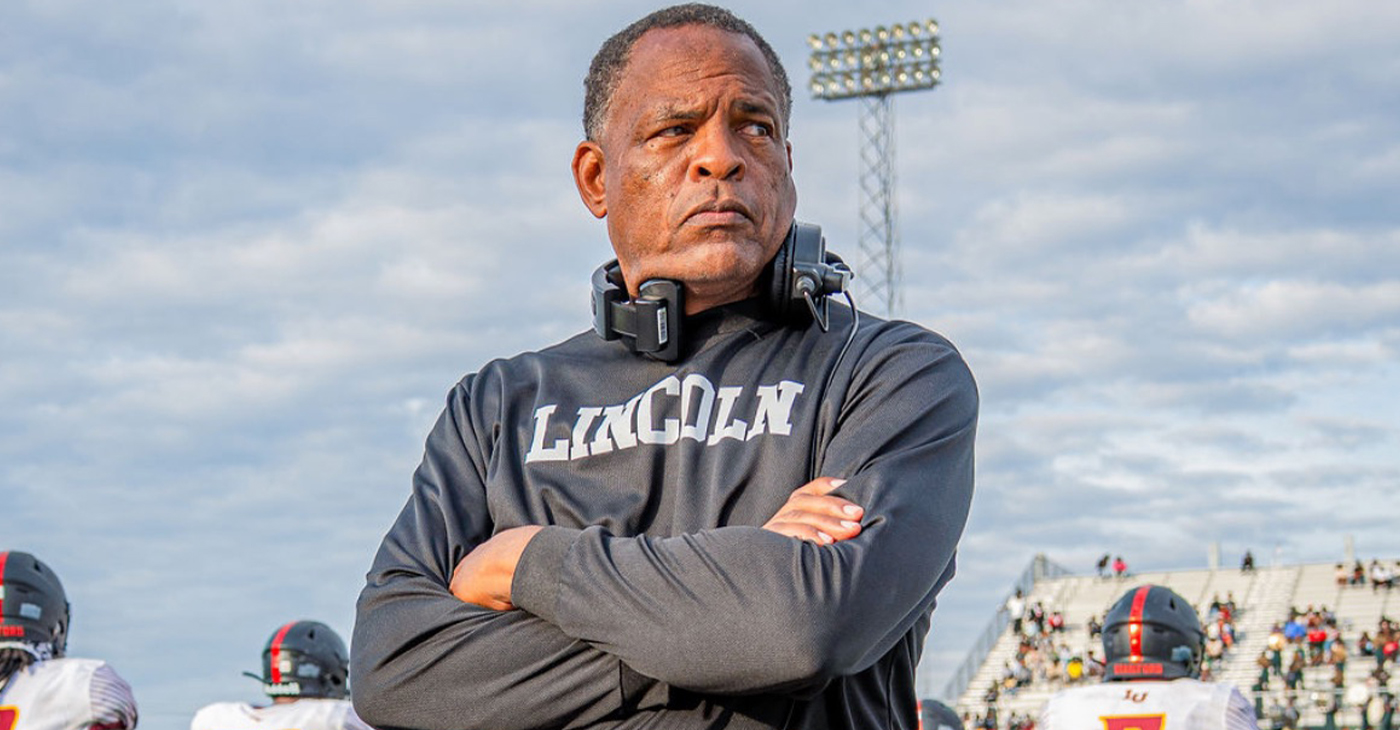
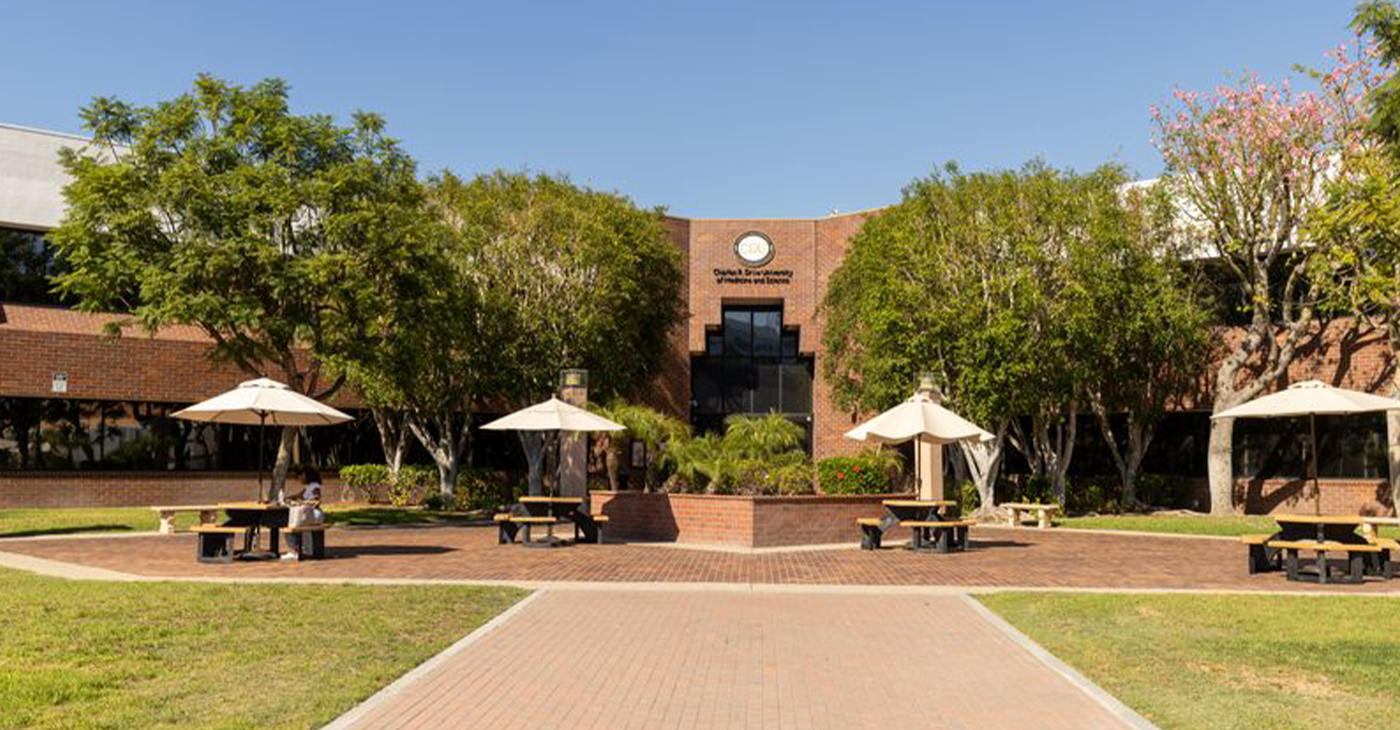

 Alameda County4 weeks ago
Alameda County4 weeks ago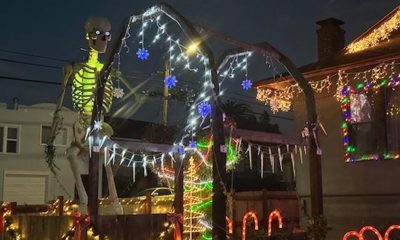
 Alameda County4 weeks ago
Alameda County4 weeks ago
 Activism3 weeks ago
Activism3 weeks ago
 Black History3 weeks ago
Black History3 weeks ago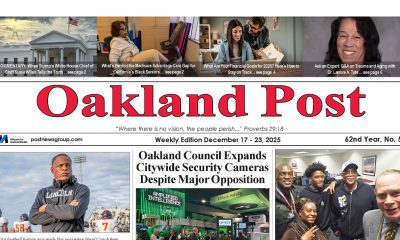
 Activism4 weeks ago
Activism4 weeks ago
 Activism3 weeks ago
Activism3 weeks ago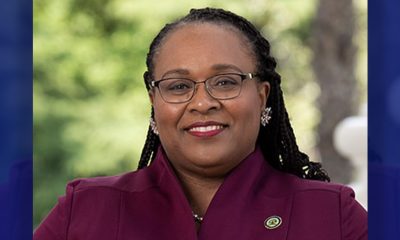
 Activism3 weeks ago
Activism3 weeks ago
 Advice3 weeks ago
Advice3 weeks ago













